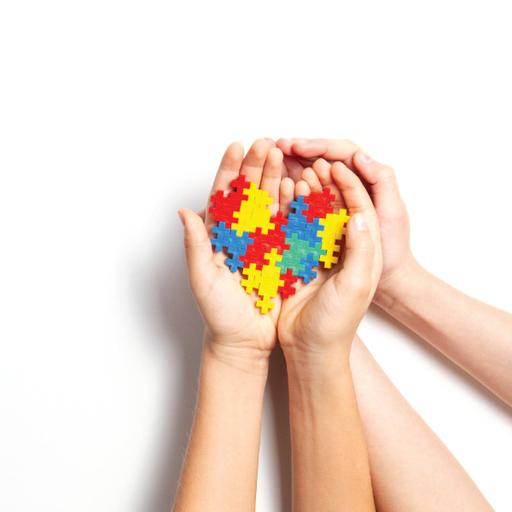Psychological Effects & Influence of Colors
Presentations | English
Warm colors like red, yellow and orange evoke higher arousal emotions, such as love, passion, happiness, and anger. Cool colors, like blue, green and purple are linked to calmness, sadness and indifference. Colors can trigger these arousal states and emotions. Room colors can also be used to evoke specific moods, such as painting a bedroom a soft green to create a peaceful mood. So what's the bottom line? Experts have found that while color can have an influence on how we feel and act, these effects are subject to personal, cultural, and situational factors. For example, red, orange, and yellow can raise one's temperature; cool colors have the opposite reaction. Color can cause feelings of boredom and calmness, or stimulation and liveliness. Colors may cause the nervous system to become agitated, and the body reacts in negative ways to this stimulus. In studies, colors have been shown to change alpha brain waves. According to EEG and pulse measuring systems, men and women react differently to colors. When color is transmitted from the eye to the brain, the brain releases a hormone affecting the emotions, mind clarity and energy levels.

25.25
Lumens
PPTX (101 Slides)
Psychological Effects & Influence of Colors
Presentations | English
